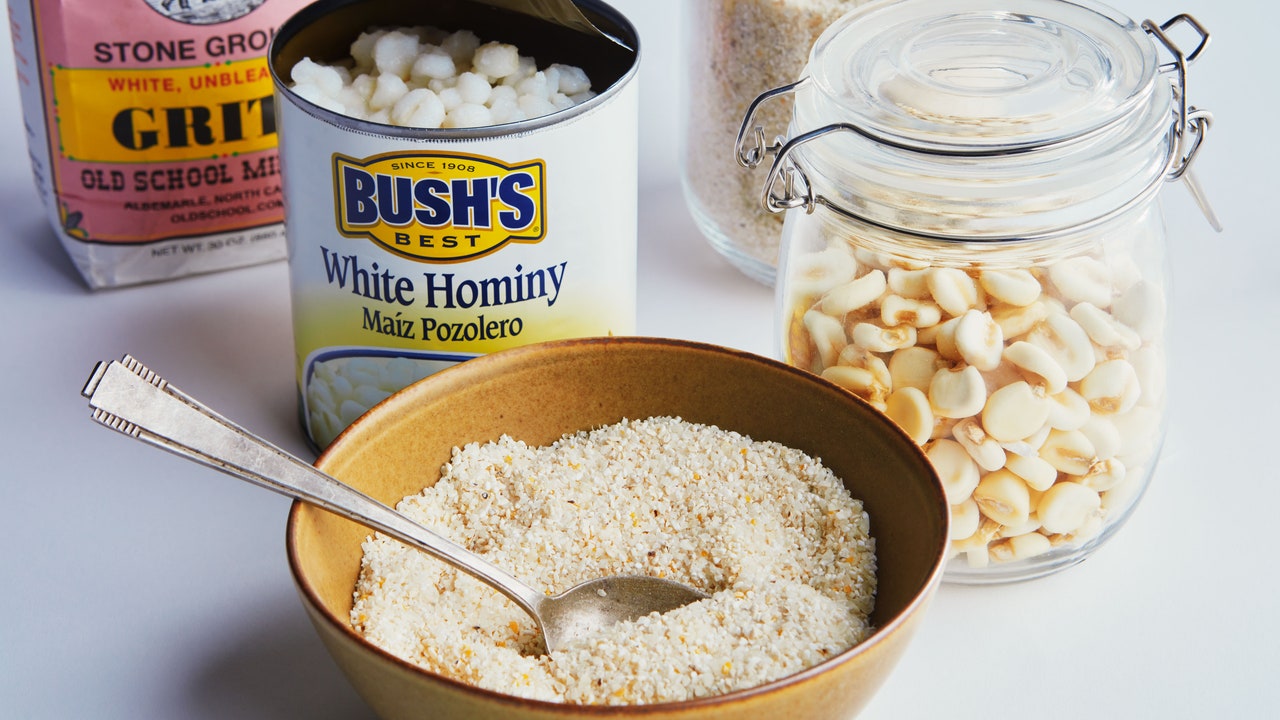Modern industrial agriculture has transformed the traditional corn field into rows of genetically modified maize, primarily used for nonedible purposes such as fuels, syrups, and livestock feed. This shift in focus has led to a loss of the cultural and nutritional significance of corn, which has been a staple in indigenous diets for centuries.
Corn holds a special place in the spirituality and identity of Indigenous peoples across the Americas, with various myths and creation stories centered around this versatile crop. Maize, in its many forms and colors, has been a fundamental ingredient in dishes like tamales, tortillas, and porridges that have nourished communities for generations.
One of the key processes that transforms corn into a versatile ingredient is nixtamalization, where dried corn kernels are boiled in an alkaline solution to remove hulls and enhance nutritional value. This method, used by Indigenous communities for centuries, not only improves the texture of corn but also makes essential nutrients more accessible.
In the United States, hominy has become synonymous with Southern cuisine, particularly in dishes like hominy grits. Commercially available hominy products offer convenience, but traditional methods of nixtamalization can be more rewarding in terms of flavor and nutritional value.
By rediscovering and embracing traditional methods of planting and consuming corn, we can revitalize the cultural significance of this important crop. Indigenous chefs like Sean Sherman are leading the way in reintroducing ancient dishes that celebrate the diversity and richness of corn-based cuisine.
For those interested in exploring traditional nixtamalization processes, small producers like Corn Mafia and The Congaree Milling Company offer high-quality cornmeals that retain the authentic flavors of hominy. By reconnecting with our culinary roots, we can honor the contract between people and corn, ensuring a sustainable and nourishing future.
Jose Ripol, a Venezuelan American advertising Associate Creative Director and food writer based in Brooklyn, shares his insights on the cultural and culinary significance of hominy and its place in modern American cuisine.
